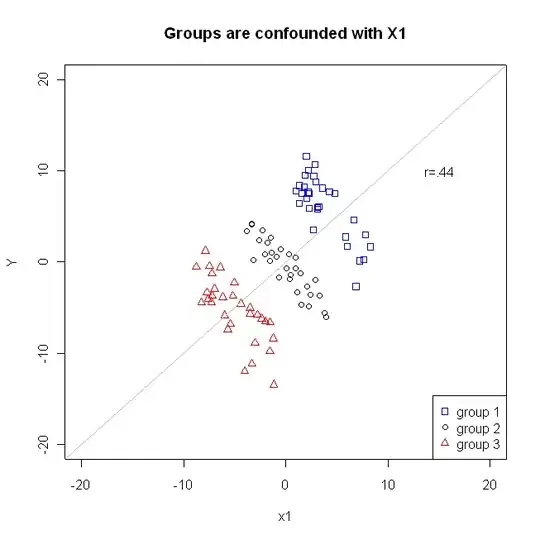I'm trying to understand the effects of the explanatory variables of my logit regression.
(Intercept) -6.7909619 0.0938448 -72.364 < 2e-16 ***
level 0.0755949 0.0192928 3.918 8.92e-05 ***
building.count 0.0697849 0.0091334 7.641 2.16e-14 ***
gold.spent 0.0019825 0.0001794 11.051 < 2e-16 ***
npc 0.0171680 0.0056615 3.032 0.00243 **
friends 0.0304137 0.0044568 6.824 8.85e-12 ***
post.count -0.0132424 0.0041761 -3.171 0.00152 **
But when I look at the raw data, I don't understand why post.count is negatively effects my output. And also post.count and my dependent variable (revenue.all.time) has small but positive correlation:
> with(sn, cor(post.count, revenue.all.time))
[1] 0.009806015
I also checked the correlations between post.count variable and the others:
> with(sn, cor(post.count, gold.spent))
[1] 0.296514
> with(sn, cor(post.count, level))
[1] 0.4289456
> with(sn, cor(post.count, building.count))
[1] 0.4140521
> with(sn, cor(post.count, npc))
[1] 0.3370106
> with(sn, cor(post.count, friends))
[1] 0.007695264
but they're all positive as well. So why does my model denote post.count's coefficient negative ?
Thanks,
